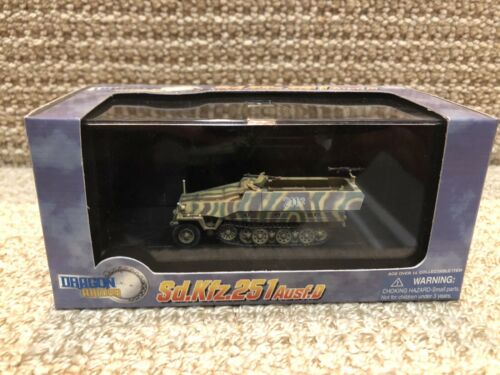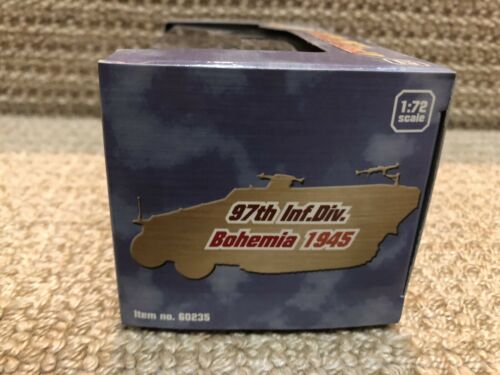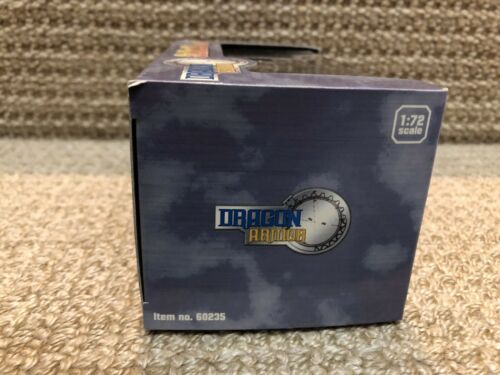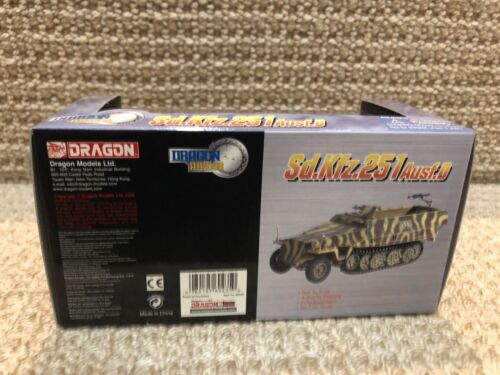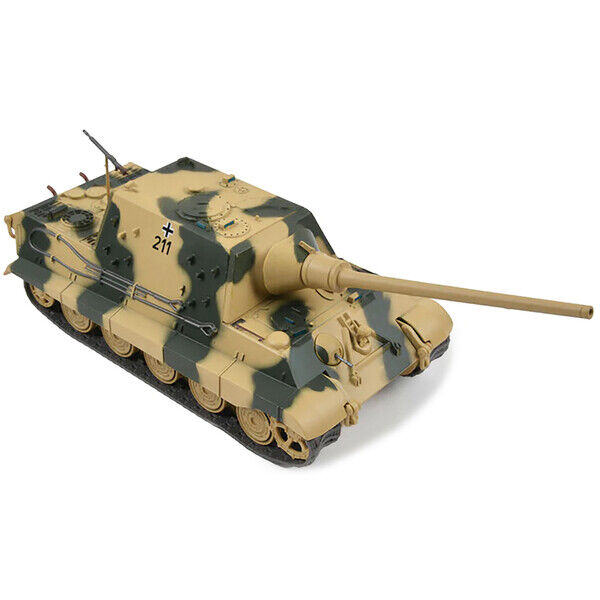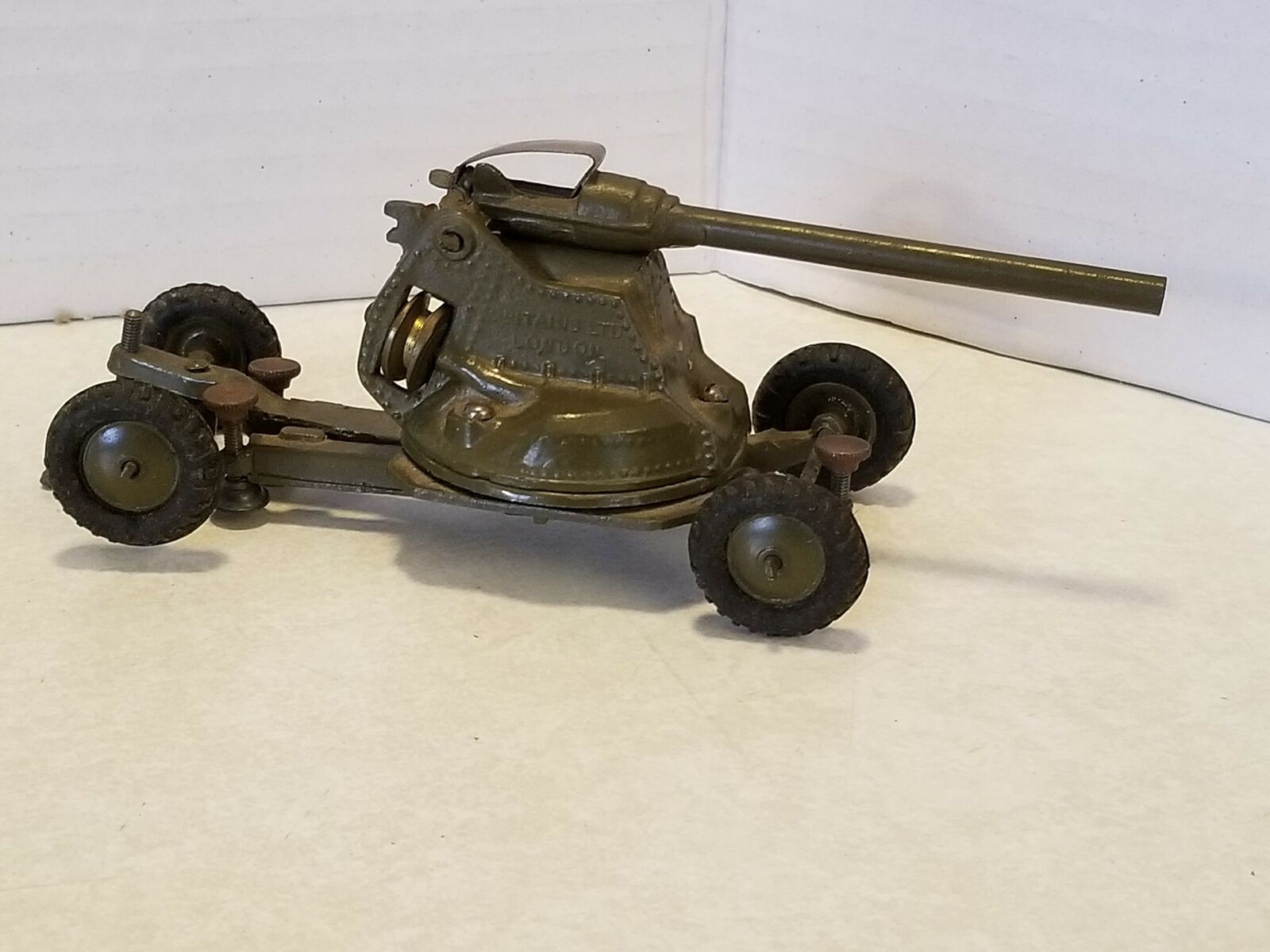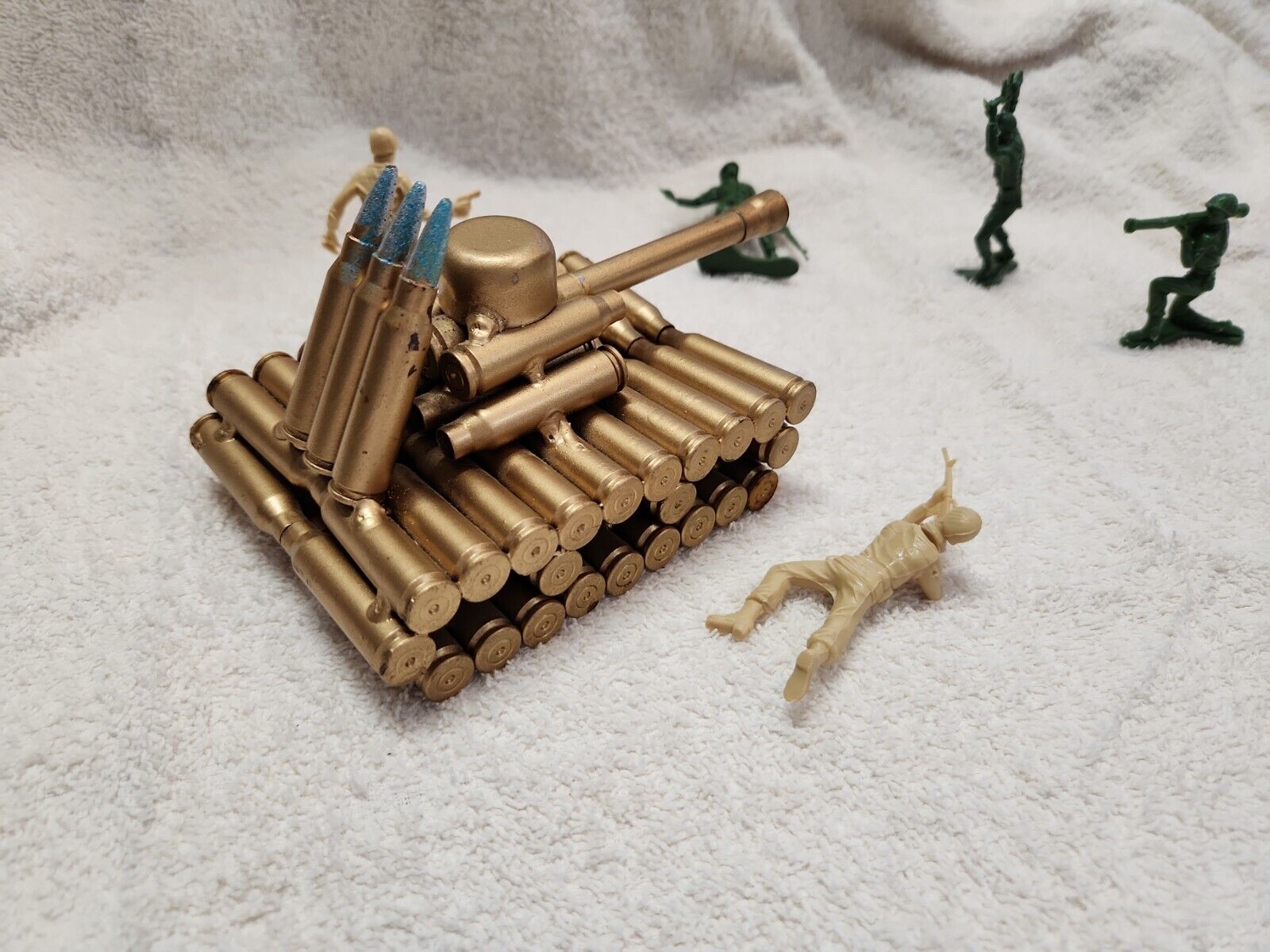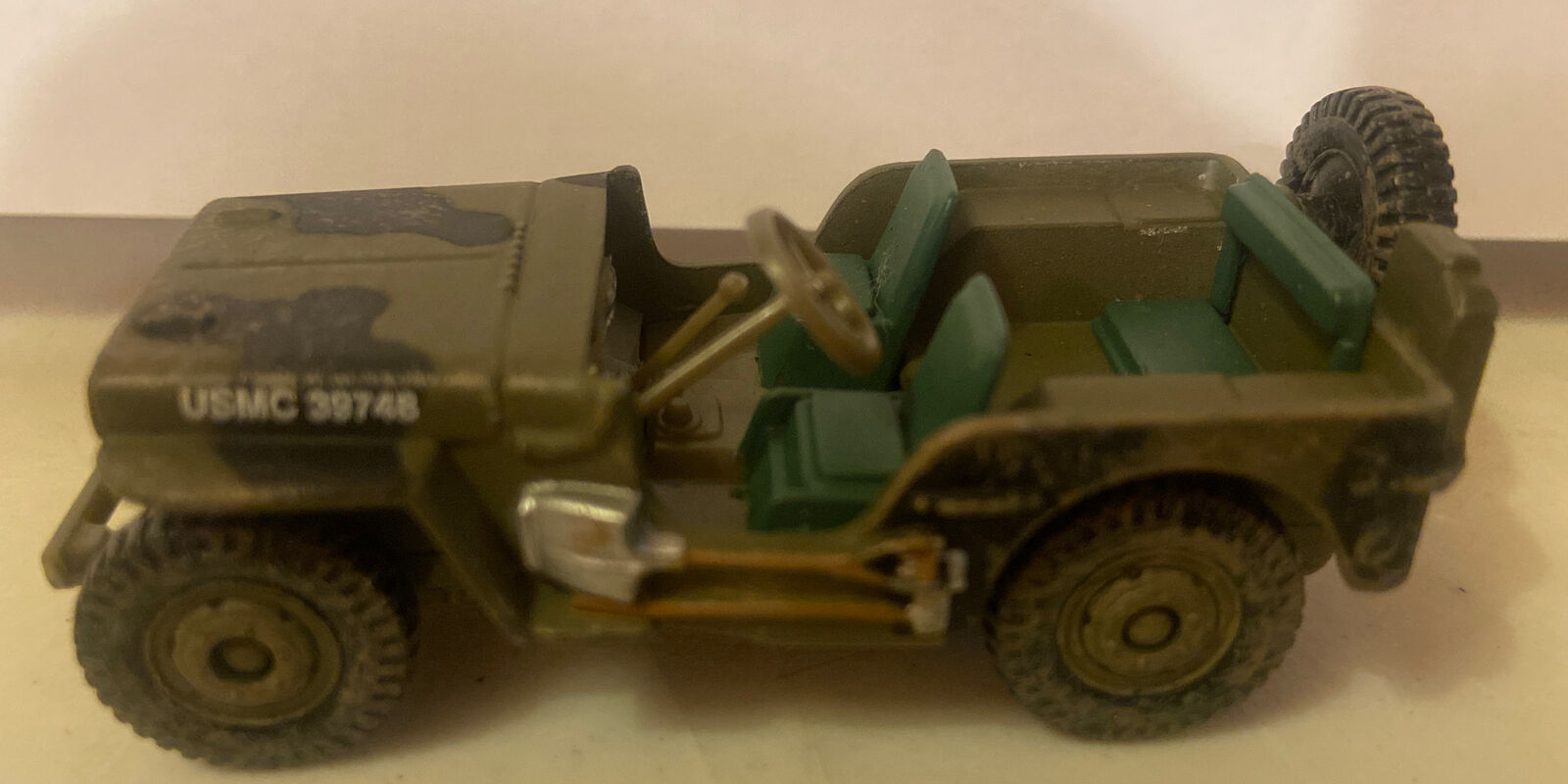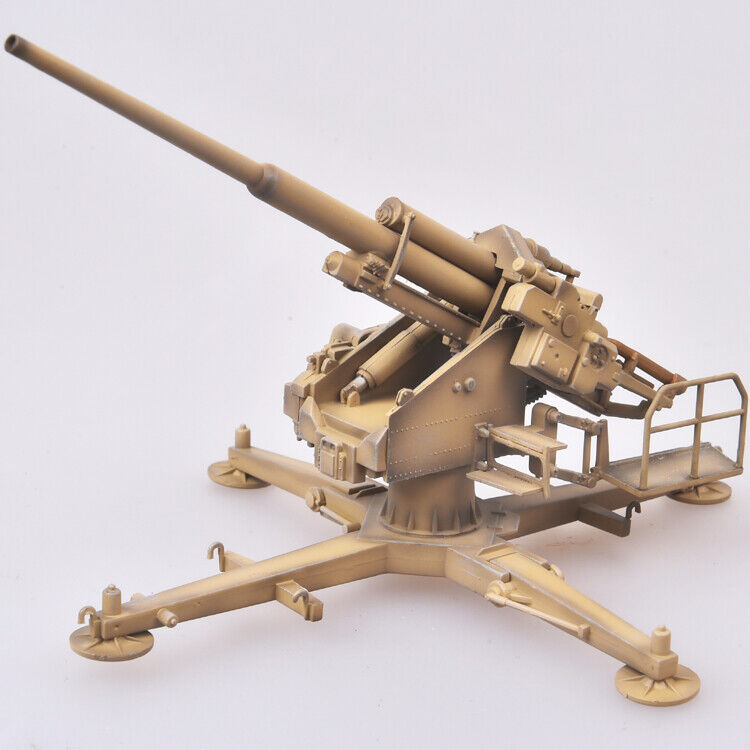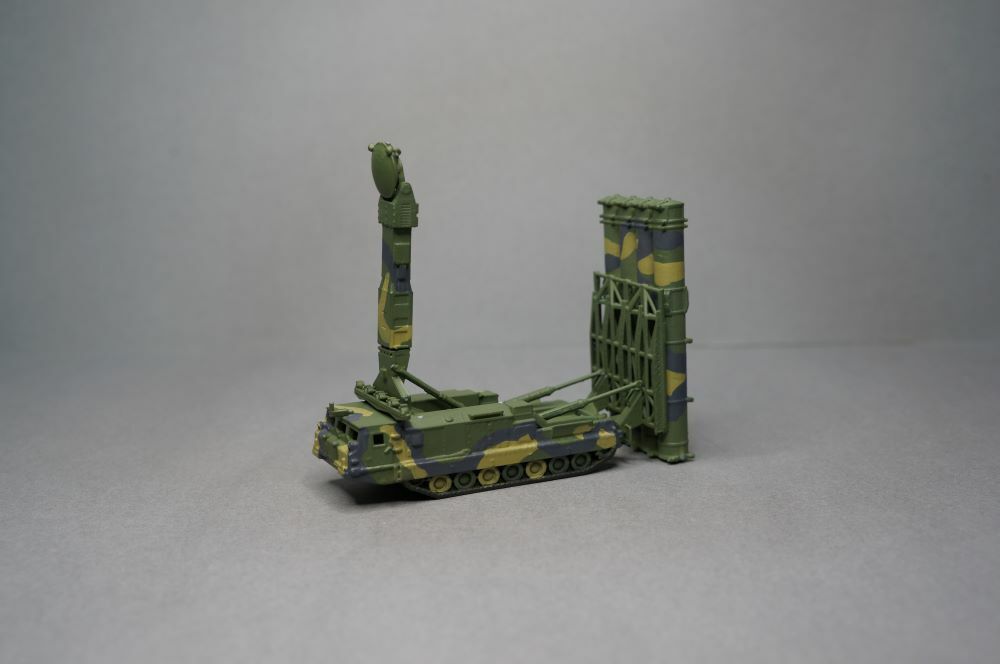-40%
Dragon Armor 1:72 Sd.Kfz.251, Ausf D, 97th Inf.Div., Bohemia 1945, No. 60235
$ 38.27
- Description
- Size Guide
Description
Dragon Armor Sd.Kfz.251 Ausf D - Jager DivisionNo. 60235, Vintage year - 2006, Scale - 1:72
Unit - 97th Infantry (Jager "Hunter") Division - this was a light infantry division of the Germany Army that can trace its origins to the 97th Light Infantry Division which was formed in December 1940. It was then redesignated the 97th Jager Division in July 1942. The main purpose of the Jager Division was to fight in adverse terrain where smaller, coordinated units were more easily combat-capable than a standard infantry division. They were more heavily equipped than mountain divisions but not as well armed as a larger infantry division. In the middle stages of the war, as the standard infantry divisions were downsized, the Jager structure of divisions with two infantry regiments, became the standard table of organization. The Jagers relied on a high degree of training and slightly superior communications as well as strong artillery support. In 1943, Hitler declared that all infantry divisions were now Grenadier Divisions except for his elite Jager and Mountain Jager divisions. It fought in the Battle of Kursk and suffered heavy losses. It was then transferred to the lower Dnieper River area and fought well during the retreat through Ukraine. It was transferred to Slovakia in October 1944 and ended the war in the pocket east of Prague. It finally surrendered to the Red Army near Deutschbrod in May 1945.
Campaign - Bohemia 1945 - the division fought in the Eastern Front (southern sector) from July 1942-October 1944. After, it served in Slovakia from October 1944 to May 1945. On 7 May, all German forces were ordered to remain in their positions and surrender. Field Marshal Ferdinand Schorner, however, the commander of Army Group Center deployed in Bohemia, ordered his units to force their way westwards in order to reach American lines. The units reached the agreed demarcation line in western Bohemia and stopped there. The Battle of Slivice was the large large WWII battle in the area of Czech lands. During 11-12 May, German troops attempted to surrender to nearby American troops and had to defend themselves against local partisans and the Soviet Army. The Germans finally capitulated on May 1st and 6,000 were captured by the Soviets.
Markings - Sand, dark brown and dark green camouflage with No. 211 painted over a previous tactical No. 322.
Model - Ausf D - This model was introduced in the spring of 1943 as the "Neue" vs. the previous "Alte" version. The modifications included many changes in production design. The number of armored panels was reduced from 19 to 9, permanent stowage boxes with padlocked access traps were added, replacing the rear mufflers. Simple vision slits, simple flat engine hood panels with relocated air intakes under the hull, simplified reverse sloping rear end with flat door panels and many other modifications allowed the simplification of construction while offering the same protection, and it was far less labor-intensive. The Ausf D was more and more required for ad hoc modifications and conversions due to a dramatic increase in the need of fire support platforms of all kind.
Role - this infantry support/special purpose vehicle played an integral role to the Blitzkreig thesis as the Sd.Kfz.251 replaced the Sd.Kfz.11 (prime mover for the 105 mm Howitzer and 37 mm Flak). The Waffenamt requested an armored vehicle that would carry a platoon of Panzergrenadiers and their equipment that could keep up with the Panzer Divisions. Each mechanized infantry corp. would require 100 of these vehicles which should offer protection from small arms fire and artillery shrapnel. Armament included two MG-34 machine guns for defense and direct support. It was technically a "Medium Assault Armored Vehicle" that possessed off-road ability. Its top speed was 53 km/h. As per above, later in the war, the anti-tank role became ever more critical due to the increased limitations in quantity of available German armor as well as fuel.
Condition - new with minor shelf wear on cardboard box
Thank you for your interest
